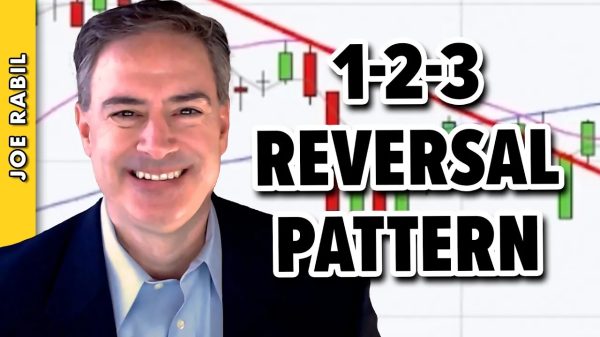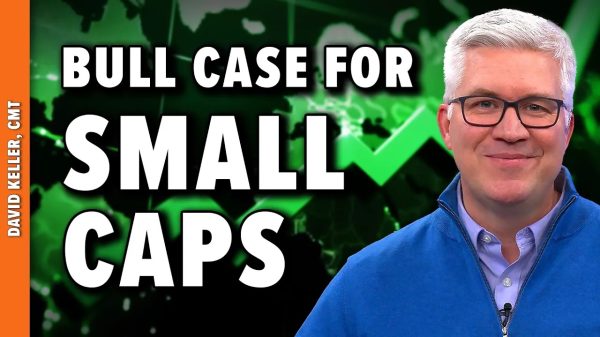Dorothy and her companions in the movie The Wizard of Oz feared lions and tigers and bears as they journeyed through the woods to visit the wizard. But real people living today might fear frighteningly large numbers more than large wild animals.
We live today with some very large numbers that contain many zeros and commas, figures so large that the human brain can barely comprehend them. With so many zeros to count, it is often easier to express these figures simply in words, such as a billion or a trillion. But expressing them with their many zeros and commas more aptly conveys their enormity.
How Much Is a Million?
We used to think that a million dollars was a very large sum of money. Now, depending on the context, it seems that a million dollars is chicken feed or a rounding error, and many figures are expressed in billions or hundreds of billions of dollars, and increasingly we see figures well into the trillions.
In and of themselves, of course, large numbers need not frighten us. On the contrary, large sums of money, and those who win or otherwise acquire them, have always appealed to movie, radio, and television audiences. The once-popular TV quiz show The $64,000 Question ran from 1955–58, ending in scandal after it was discovered to have been rigged. Offering larger prizes, the TV quiz show Who Wants to be a Millionaire? ran in various formats from 1999 until 2019.
The Millionaire, a weekly dramatic anthology series featuring various fictional characters chosen at random to receive $1 million from a wealthy philanthropist, ran from 1955–60. The recipients were ordinary people whose lives were greatly impacted by the receipt of a large sum of money. Audiences could vicariously imagine themselves as the beneficiaries of such generosity and how it might alter their own lives.
In the spirit of “only in America,” a 1996 bestseller entitled The Millionaire Next Door demonstrated that ordinary people, living in modest houses and driving modest cars, often self-employed in their own small businesses, can amass wealth with hard work, frugality, and living below their means. Nearly thirty years later, those who attain such wealth may even become billionaires rather than mere millionaires.
Forbes magazine annually reports its list of the world’s top billionaires, the most recent being Taylor Swift following the release of her latest album. The rest of us can only wonder about the lifestyles of these billionaires—how many houses they own and what they spend their money on.
And don’t forget the recurring Powerball and other lottery games that produce revenue for state governments across the country and give gamblers infinitesimally small odds of winning big payouts. Yet despite the excitement that these lotteries generate, the payouts themselves sometimes barely reach a few million dollars, usually paid out over twenty years, and are much reduced after taxes.
More than Entertainment Value
Entertainment value aside, however, large numbers can become downright overwhelming when they are associated with today’s government spending and debt, which is what our country faces today. As the late Senator Everett Dirksen of Illinois purportedly once remarked, “A billion here, a billion there, pretty soon you’re talking real money.”
Mathematicians have designed a logical system to classify large numbers. If you wonder what comes after a trillion, it isn’t gazillion. Here, in fact, is the logical pattern of large numbers:
A hundred consists of ten tens (one followed by two zeros).A thousand consists of ten hundreds (one and three zeros).A million consists of one thousand thousands (one and six zeros).A billion consists of one thousand millions (one and nine zeros).A trillion consists of one thousand billions (one and twelve zeros).A quadrillion consists of one thousand trillions (one and fifteen zeros).A quintillion consists of one thousand quadrillion (one and eighteen zeros).A sextillion consists of one thousand quintillion (one and twenty-one zeros).A septillion consists of one thousand sextillion (one and twenty-four zeros).
Note the prefixes bi-, tri-, quad-, quin-, sex-, and sept-, which represent two, three, four, five, six, and seven (the next one would be octillion, representing eight, then nonillion representing nine, and decillion representing ten). These prefixes indicate the number of groups of three zeros after the number one.
For those who recall some high school or college math, all of these numbers can be expressed in exponential form as powers of ten:
A hundred equals ten squared, ten to the second power, ten times ten.A thousand equals ten cubed, or ten to the third power.A million equals ten to the sixth power.A billion equals ten to the ninth power.A trillion equals ten to the twelfth power.A quadrillion equals ten to the fifteenth power.A quintillion equals ten to the eighteenth power.
And so forth. Note the parallels of these expressions to those just above them. More detail on the naming conventions of large numbers can be found here.
Envisioning Large Numbers in Everyday Terms
Sometimes it’s easier to comprehend large numbers expressed in more mundane terms. Given our planet Earth’s circumference at twenty-five thousand miles, for example, it takes forty trips around the world to log one million miles, something a frequent flyer might conceivably manage. Less likely, a traveler would require forty thousand trips around the Earth to log a billion miles, and forty million trips to log a trillion miles.
Using a different example, with sixty seconds in a minute and sixty minutes in an hour, there are thirty-six hundred seconds in one hour; 86,400 seconds in a twenty-four-hour day; 31,536,000 seconds in a year, ignoring leap days every four years; and 3,153,600,000 seconds in a century. More startling yet, one must wait over three centuries to pass a trillion seconds.
A Billion Here, a Billion There . . . Real Money
To put these numbers in perspective, the US gross domestic product (GDP) is currently about $27 trillion; the federal budget deficit for the fiscal year ending September 30, 2023, was $1.7 trillion or $2 trillion (depending on how one counts the student loan forgiveness scheme that the Supreme Court ruled unconstitutional); and the US federal debt is currently about $33 trillion (that’s $33,000,000,000,000).
As for Senator Everett Dirksen’s statement quoted above, in 1969 when he died the US GDP was just over $1 trillion, the federal budget deficit was actually a small surplus, and federal debt outstanding was $350 billion (all figures in nominal current 1969 dollars, not adjusted for inflation).
More revealing, however, is the extent to which these large numbers of deficits and debt represent increasingly larger portions of our country’s productive capacity, measured by GDP.
In 1969 our $350 billion debt represented about 35 percent of our $1 trillion GDP, and the budget deficit was nil. Today’s $33 trillion debt, on the other hand, represents over 100 percent of GDP, and the federal budget deficit represents about 6.5 percent of GDP. Projections by entities such as the Congressional Budget Office, moreover, indicate that these scary figures will only grow over time.
How to Grapple with These Large Numbers
Enough of the numbers racket. The bigger question is what they all mean for the outlook of our federal government’s finances.
It’s difficult enough for intelligent adults to comprehend the enormity of these figures. Upcoming generations of children and teenagers, who will be asked to accept the interest burden of the federal debt, must be given adequate education to comprehend these large numbers. We can only hope that school curricula and teachers are up to the task of educating them about the large-number reality that most likely lies ahead.
And what of Dorothy and her fearsome wild animals? The Wizard of Oz, written a political allegory for American politics in the early years of the twentieth century, has entertained young and old alike since its first release in 1939. Future Americans who see the movie might rightfully remain wary of lions and tigers and bears, but they will need to understand large numbers as they inherit the responsibility of servicing our federal government’s debt.























